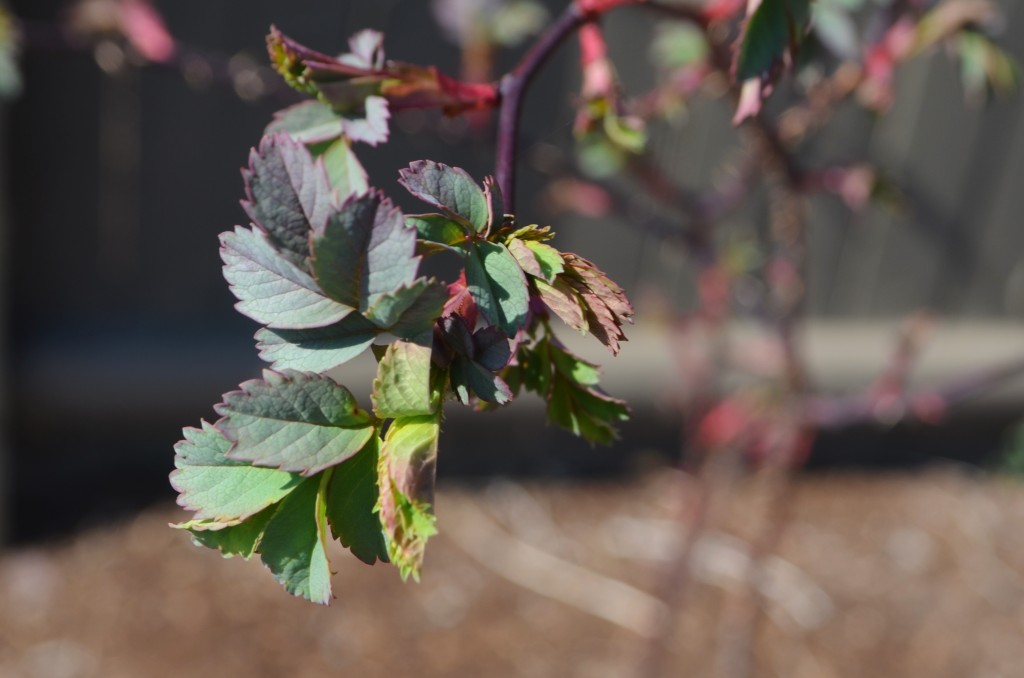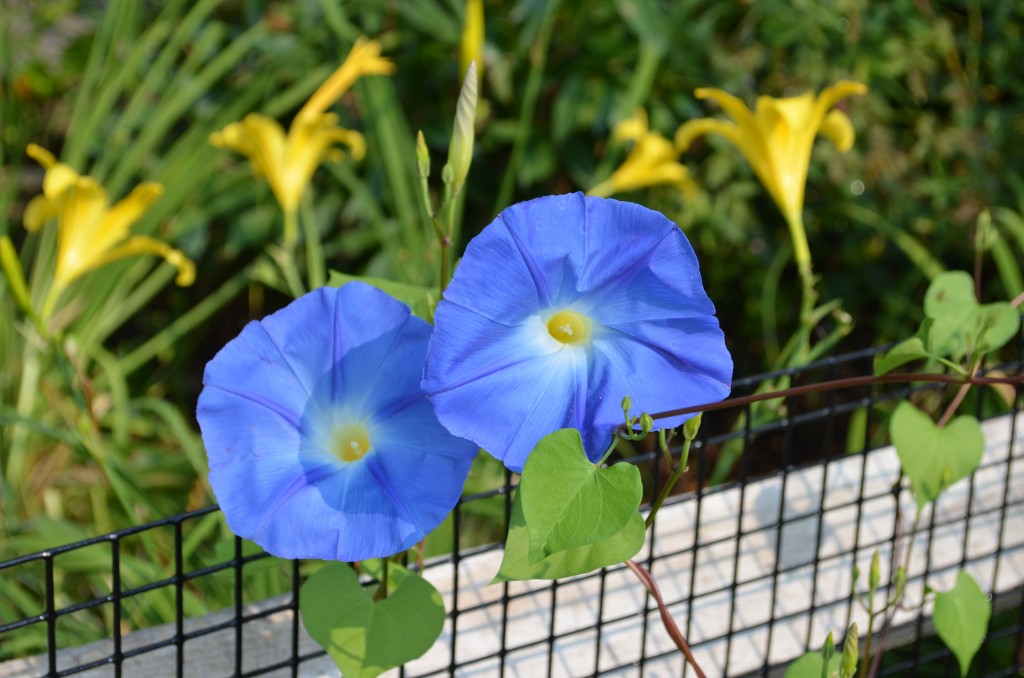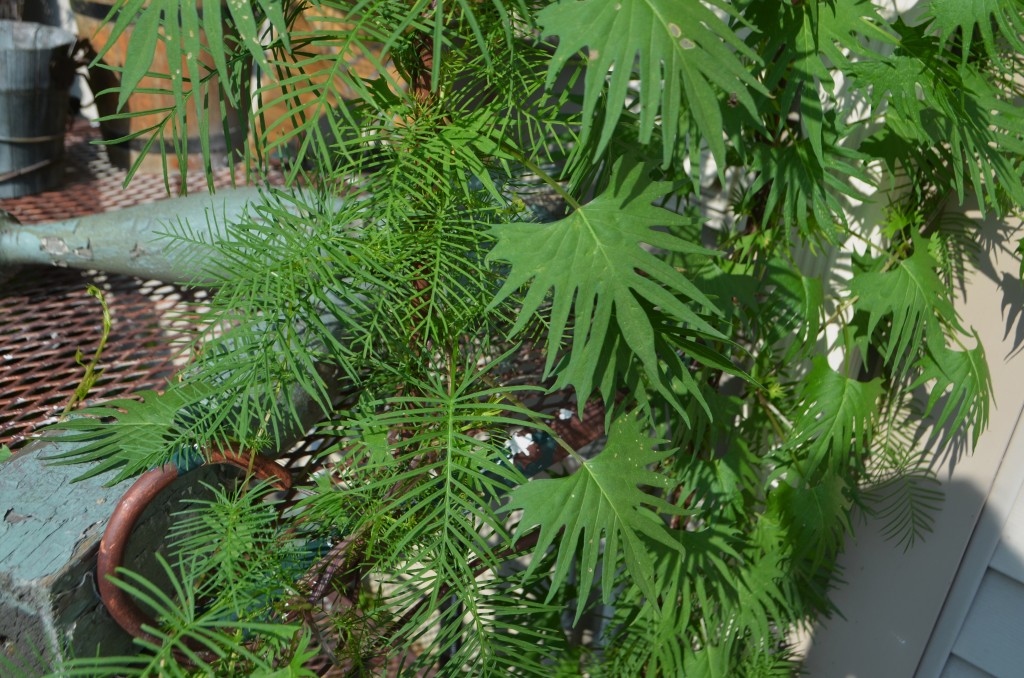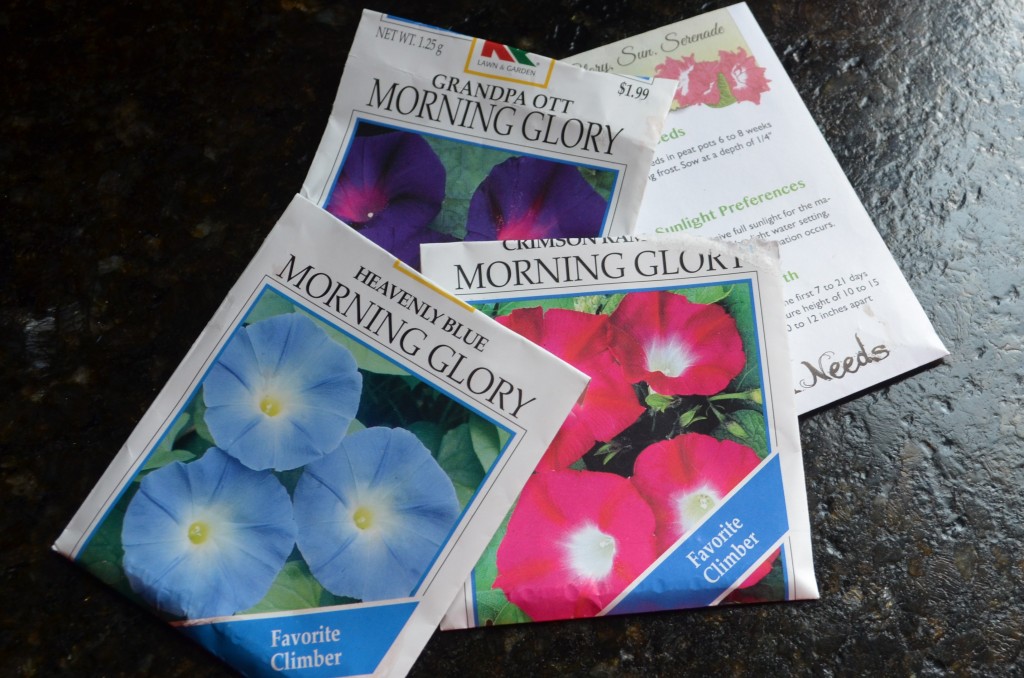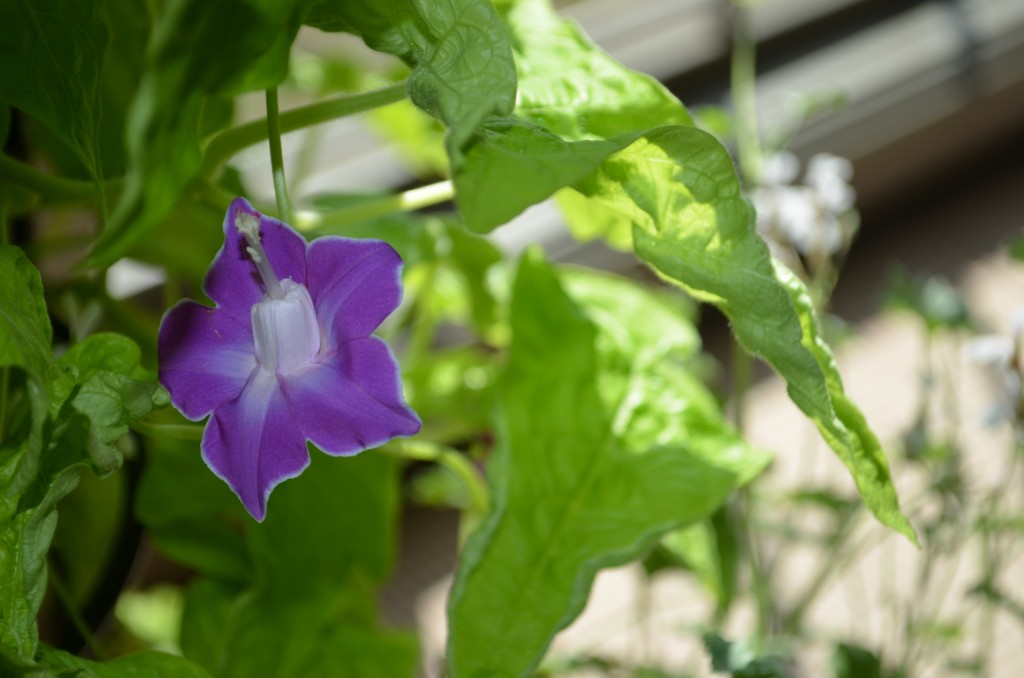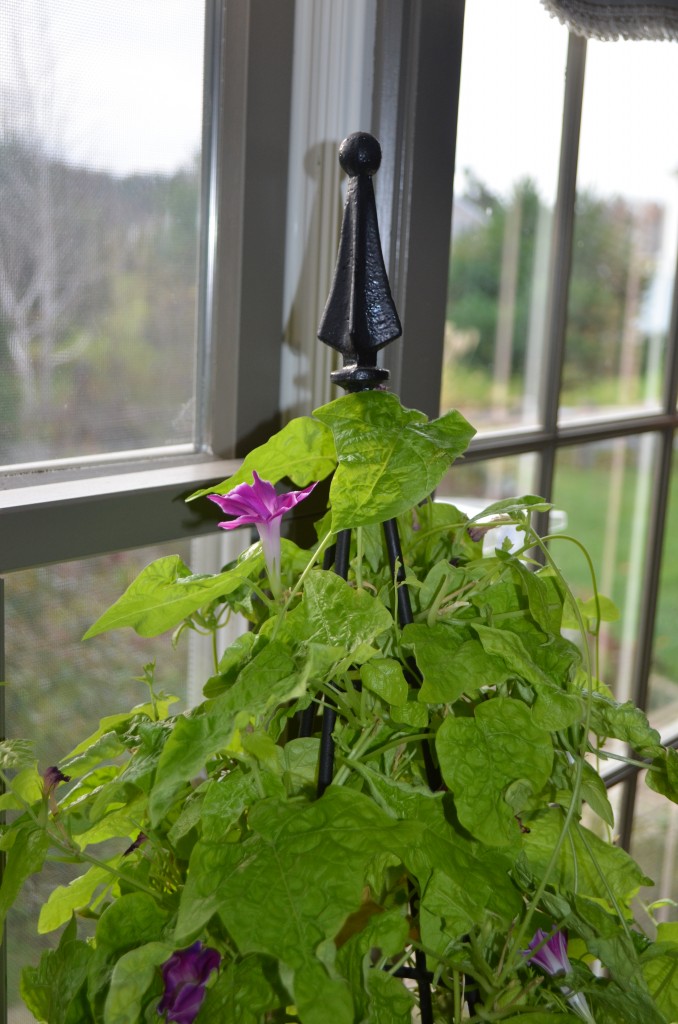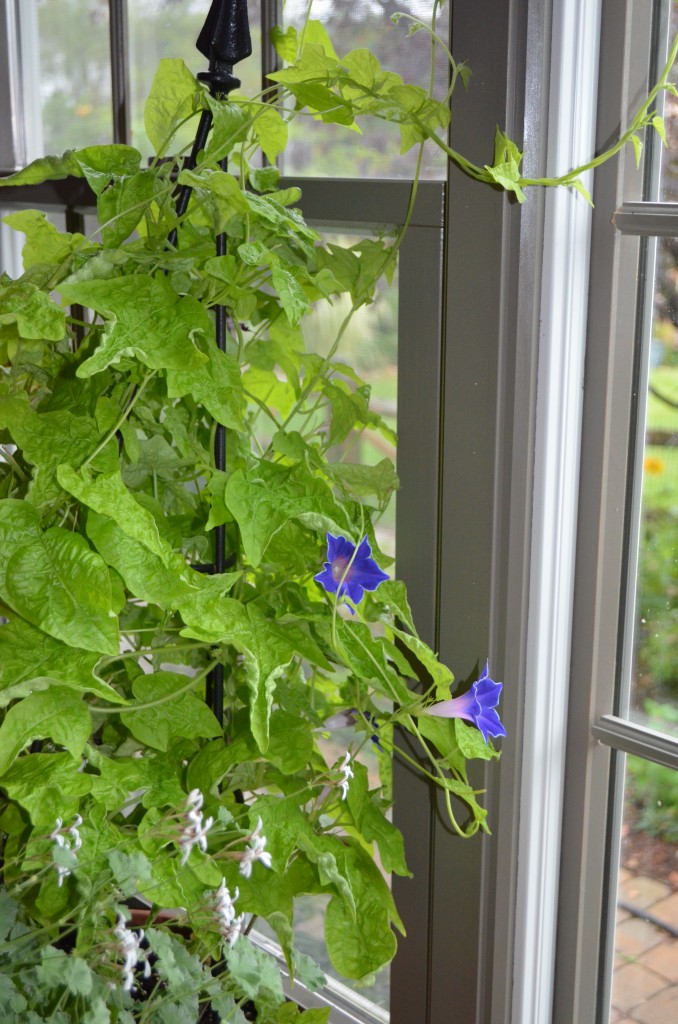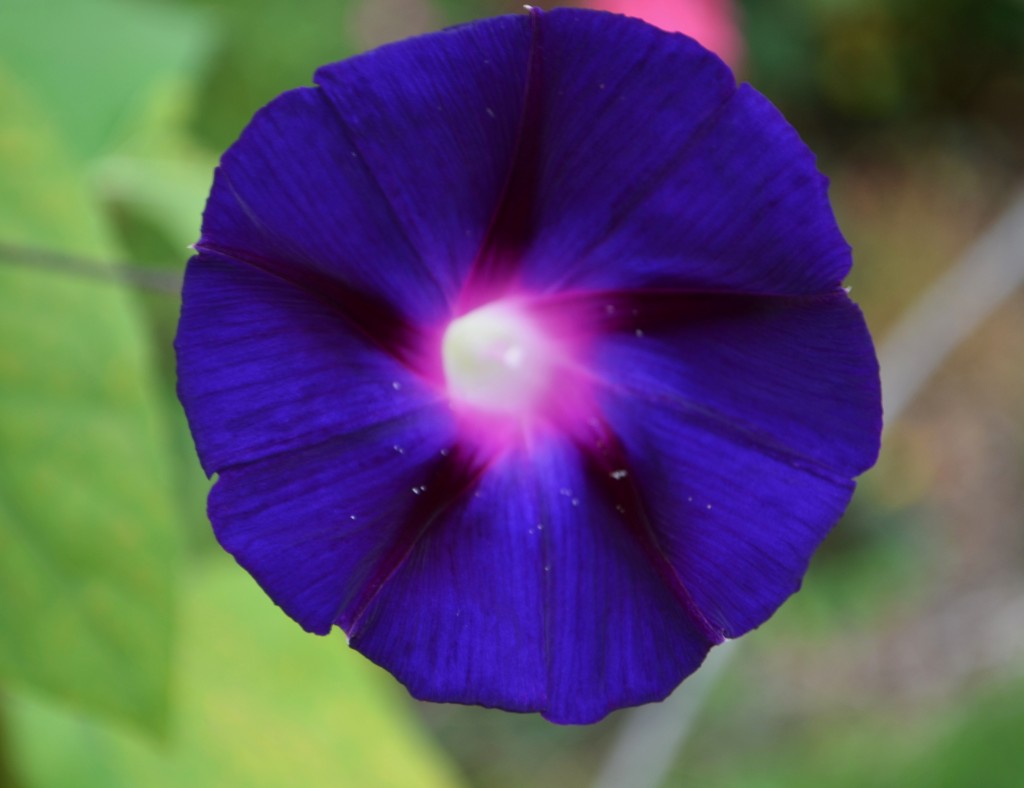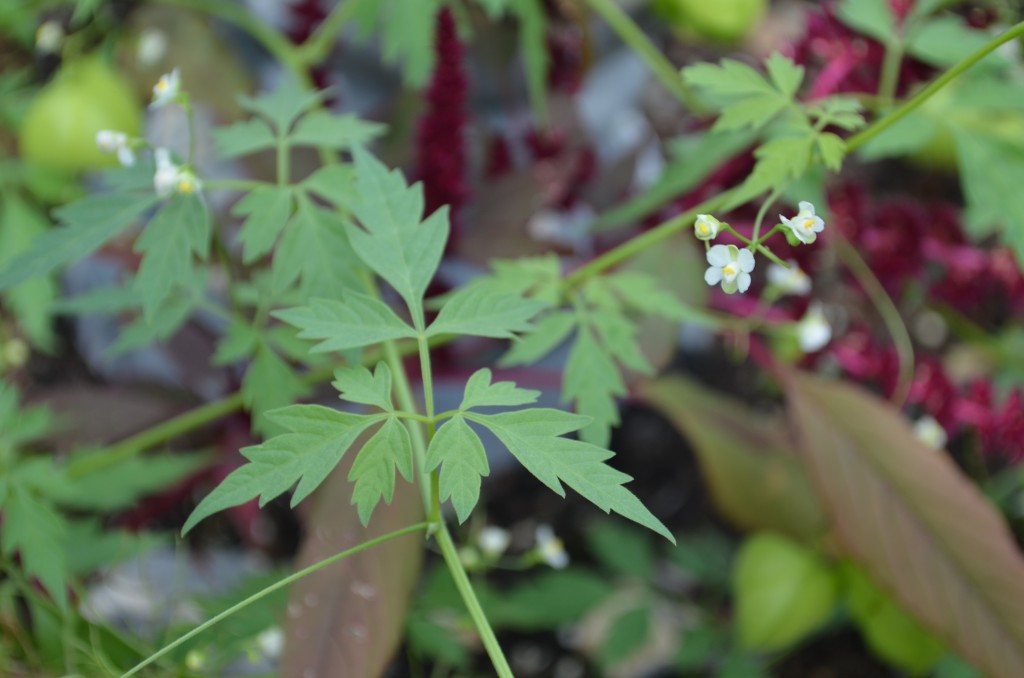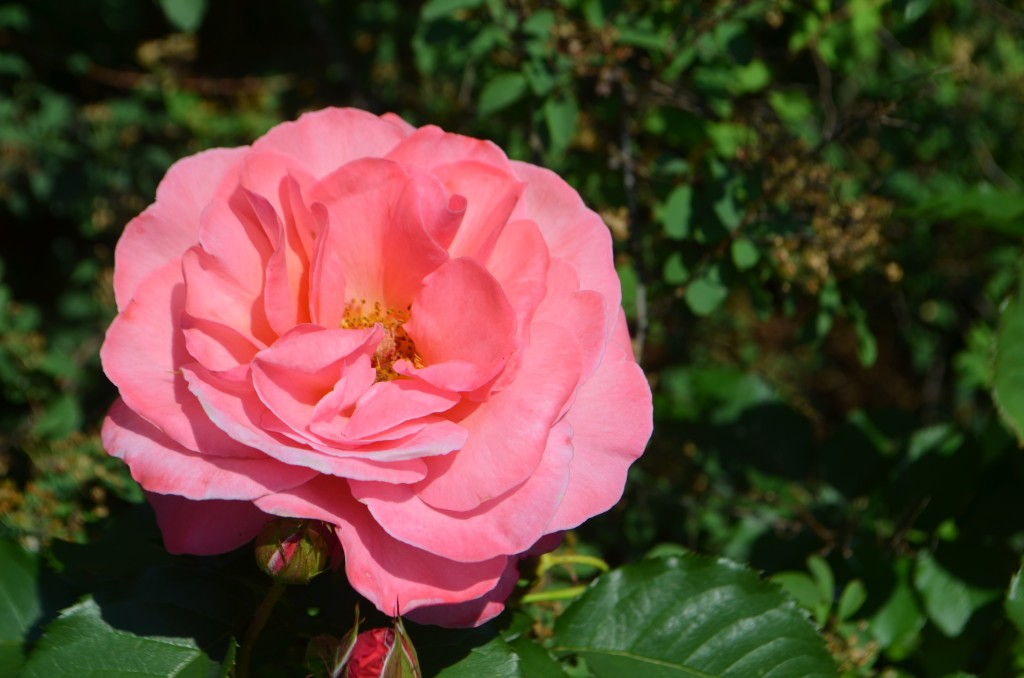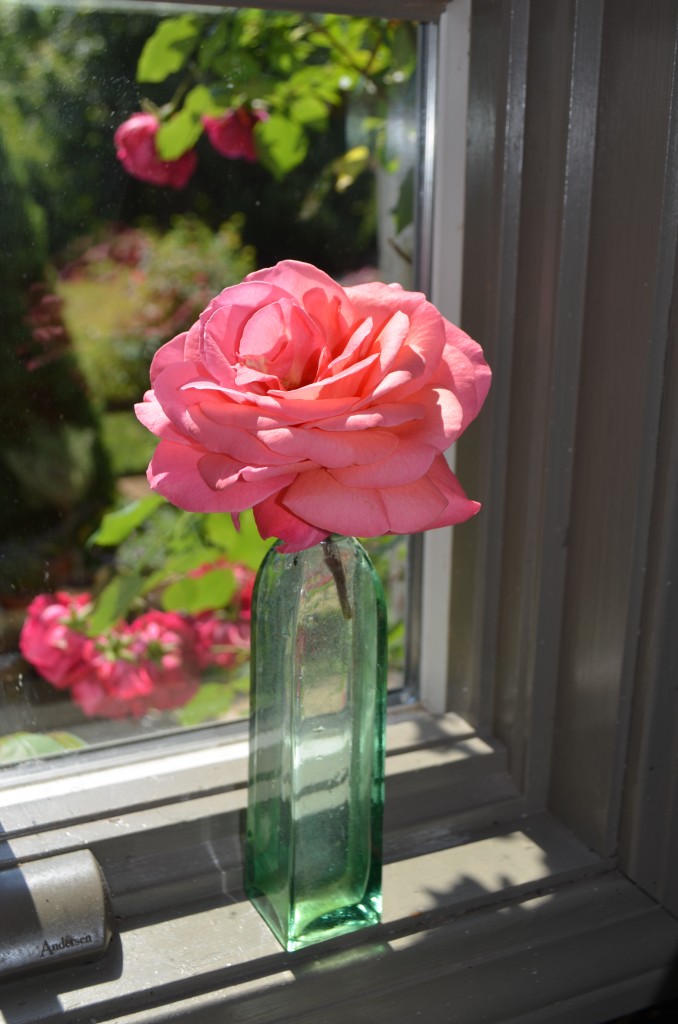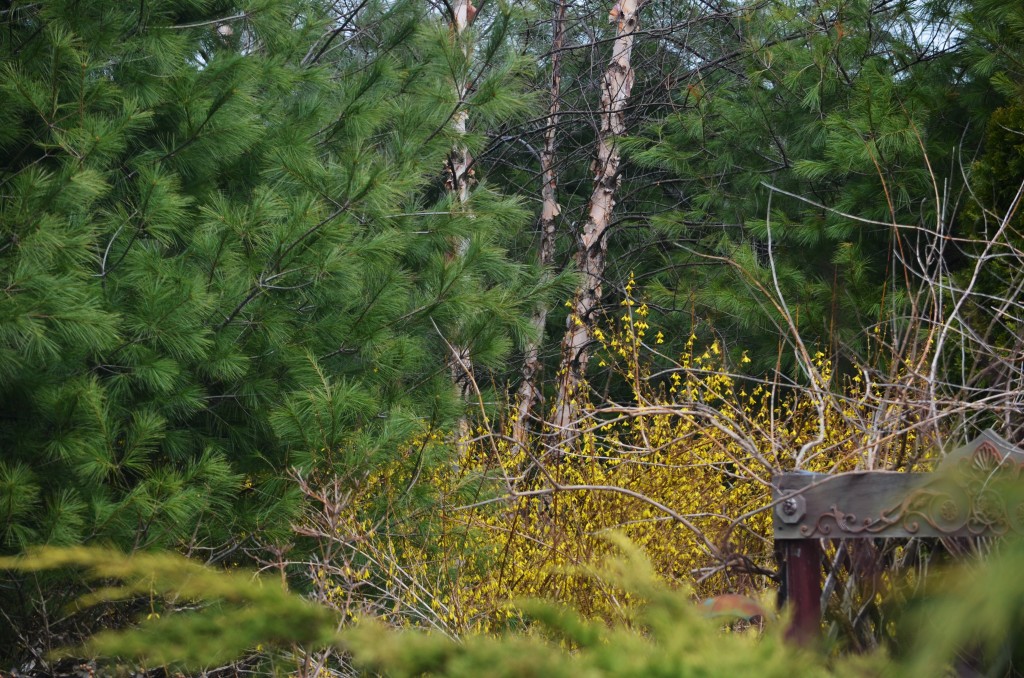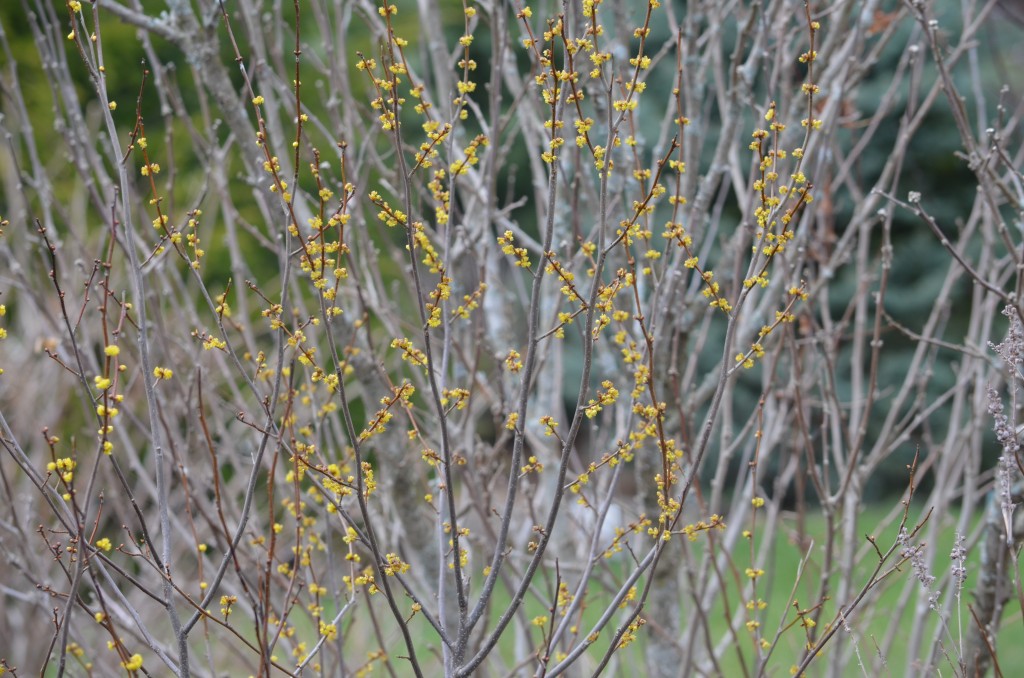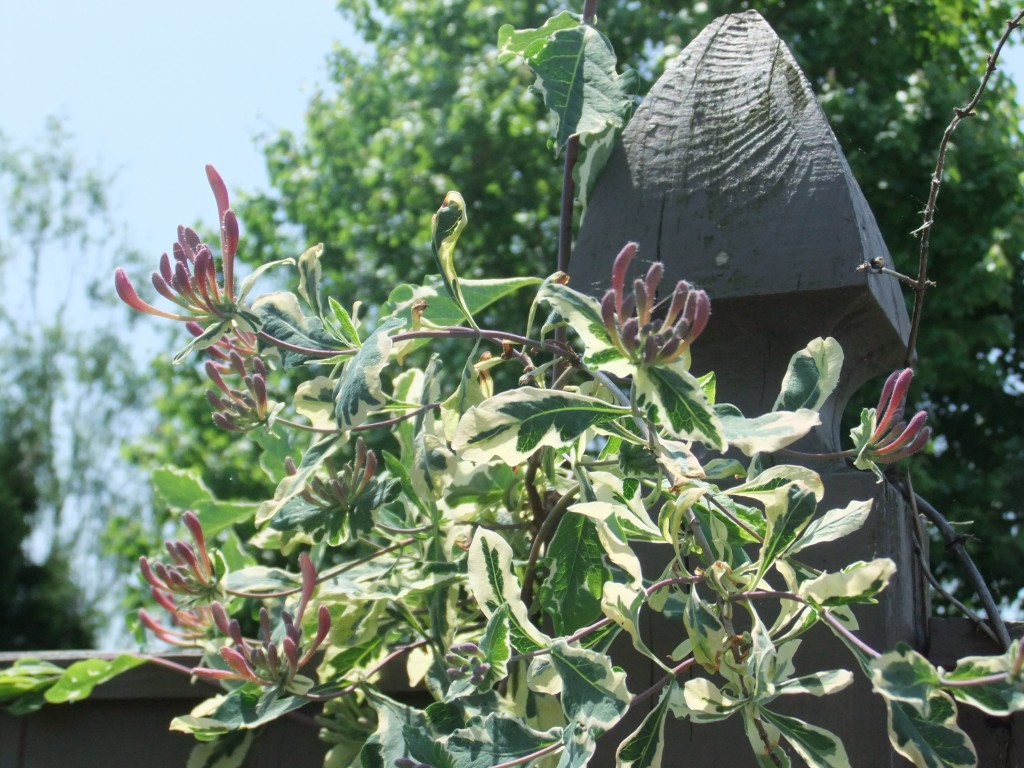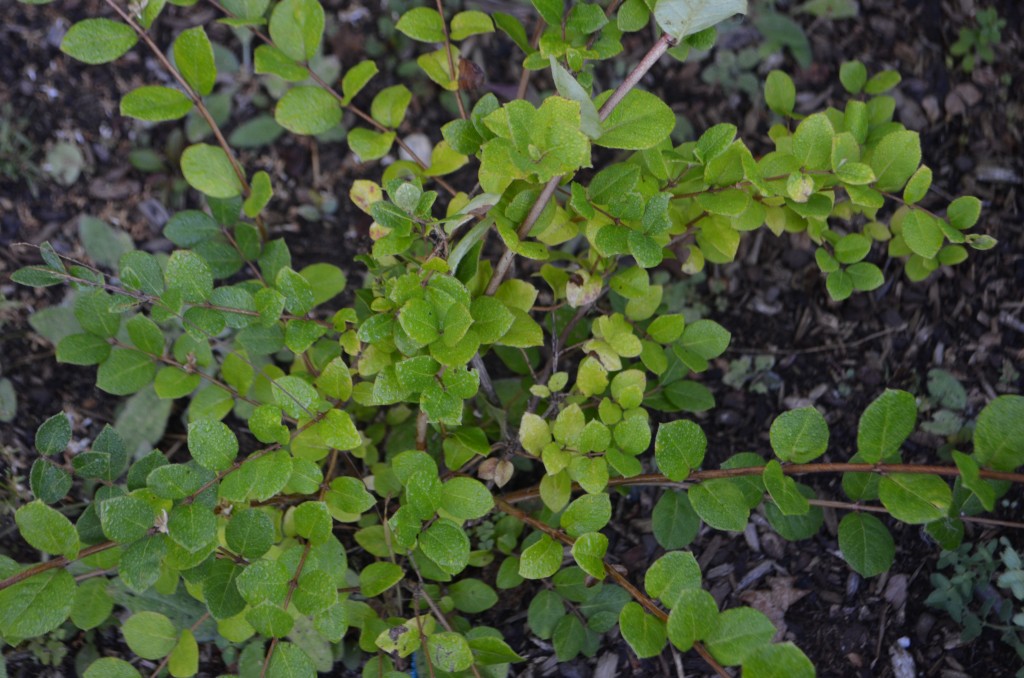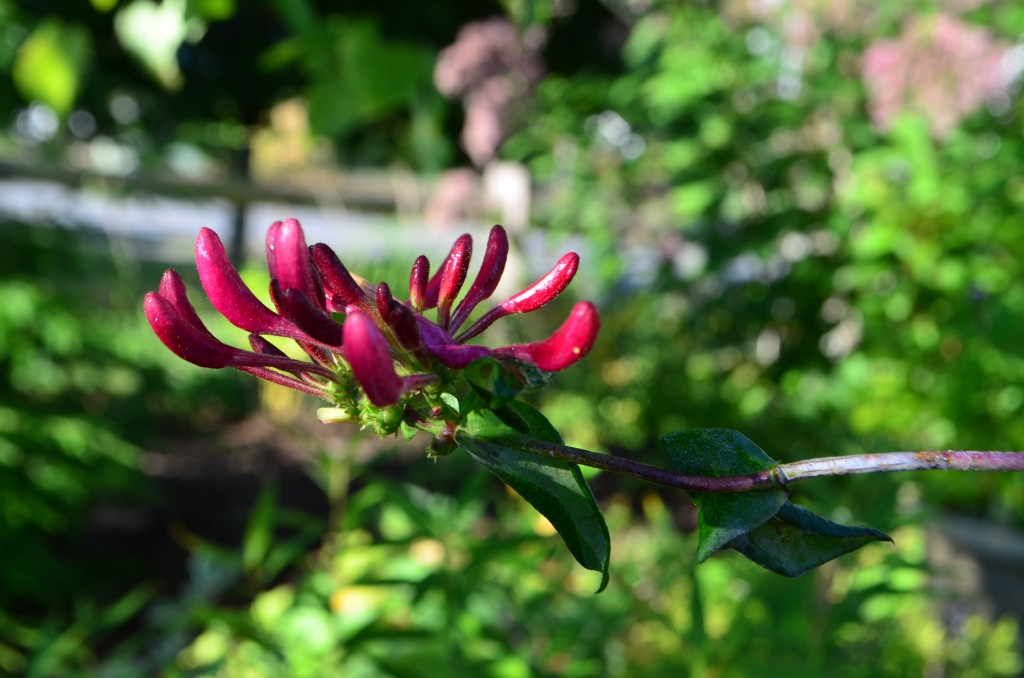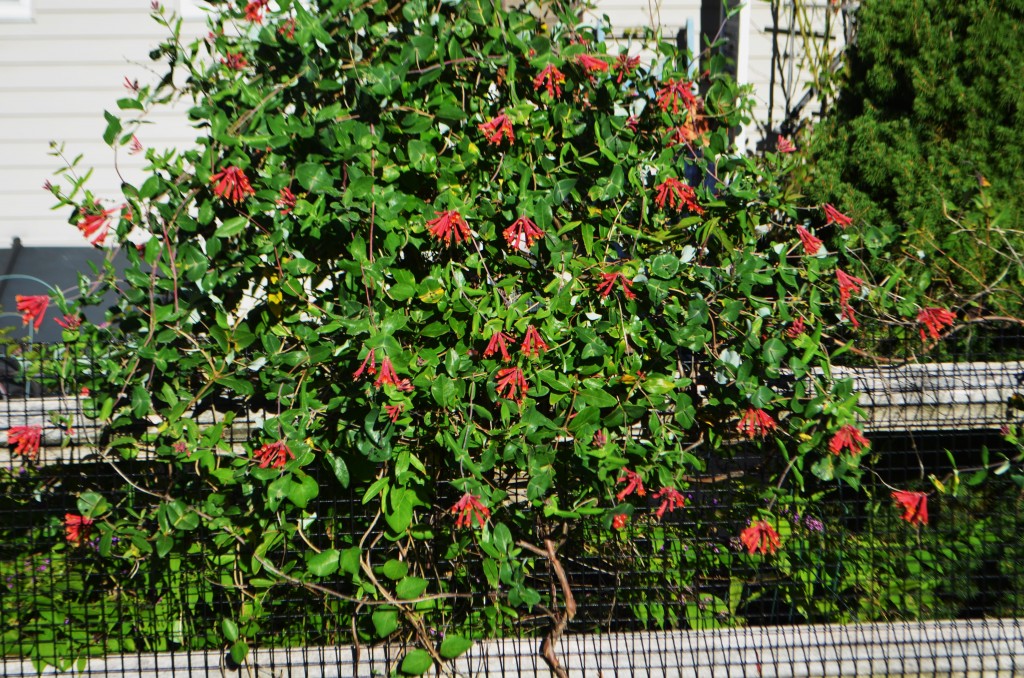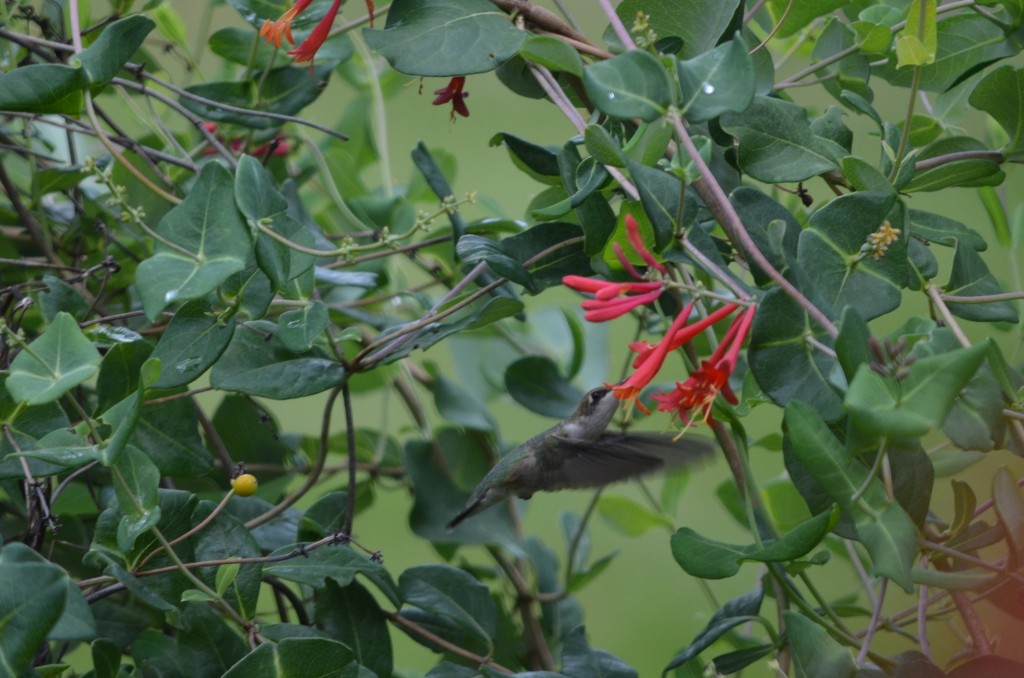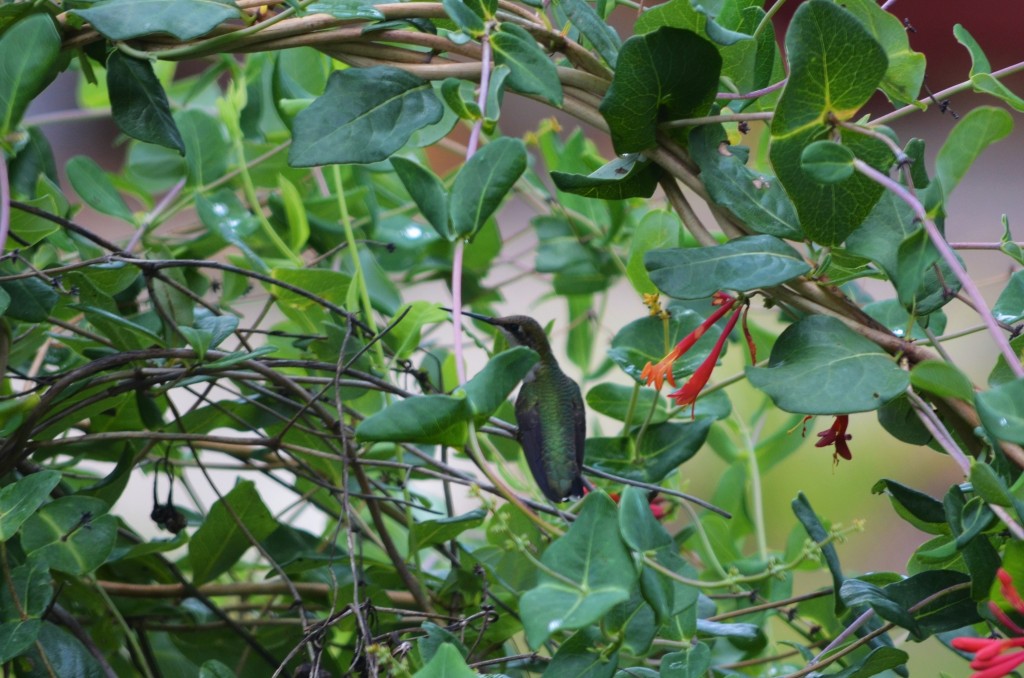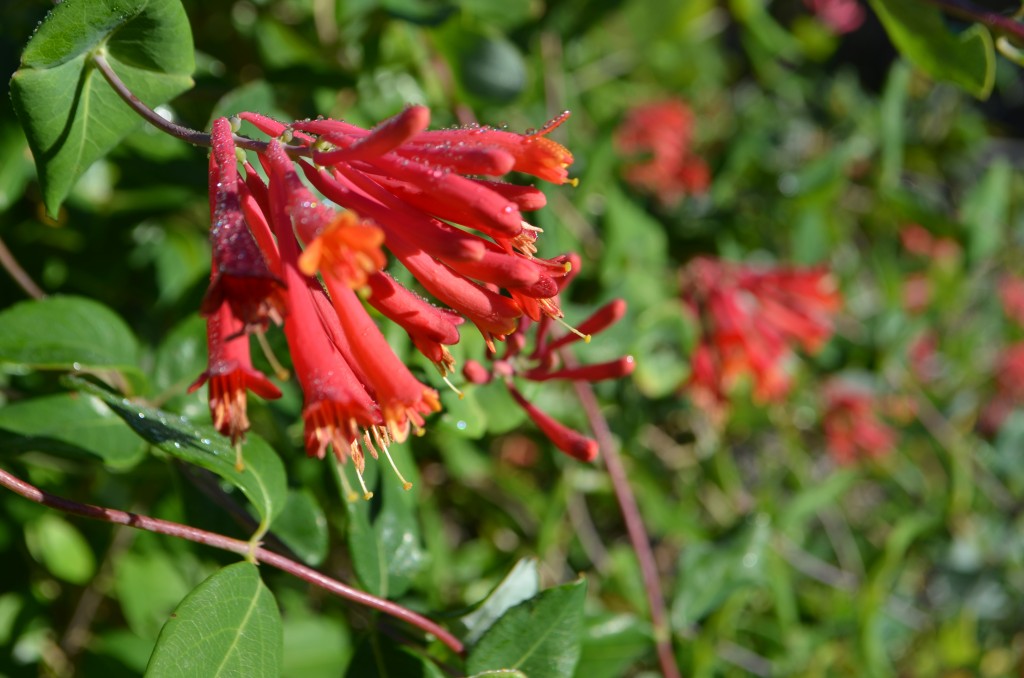Late February tends to be the most dull and depressing of all the months. Very little green ,lots of brown, and usually ( although not this year) dirty snow piles to further dampen our spirits. It is the month I treasure the shrubs I grow with colored bark the most as they are what I can see peeking out of a blanket of snow providing that vivid jolt of color to brighten the day.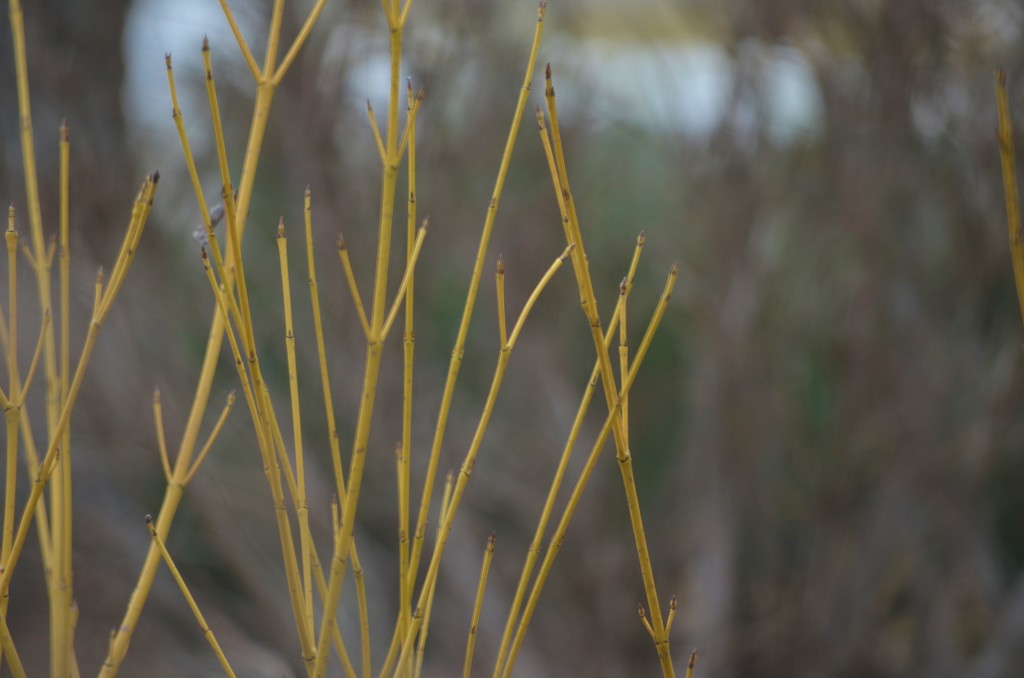
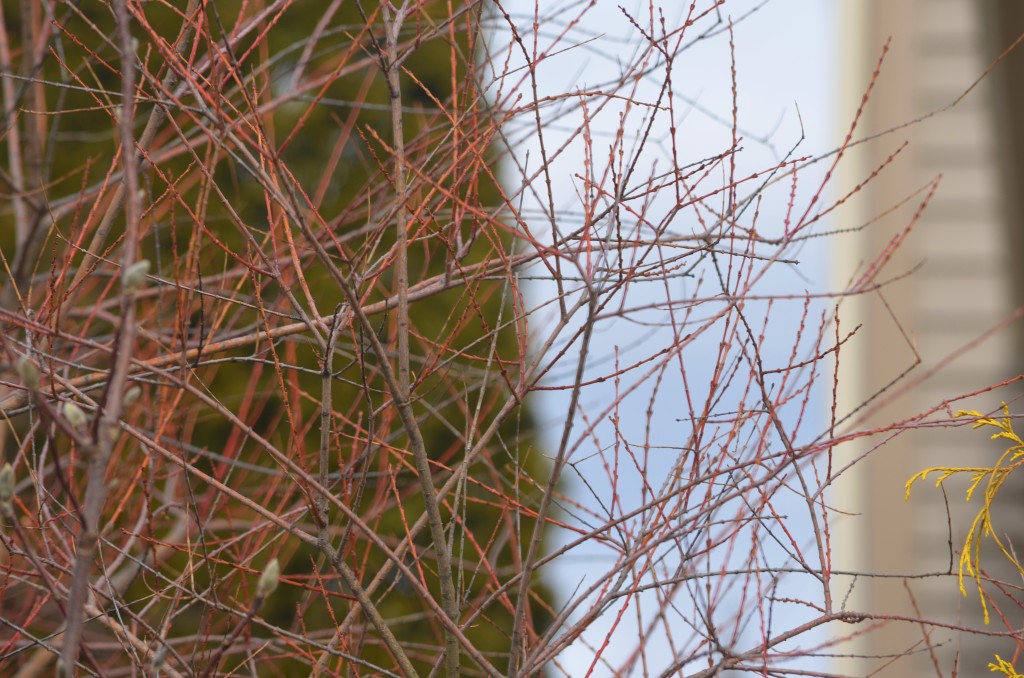
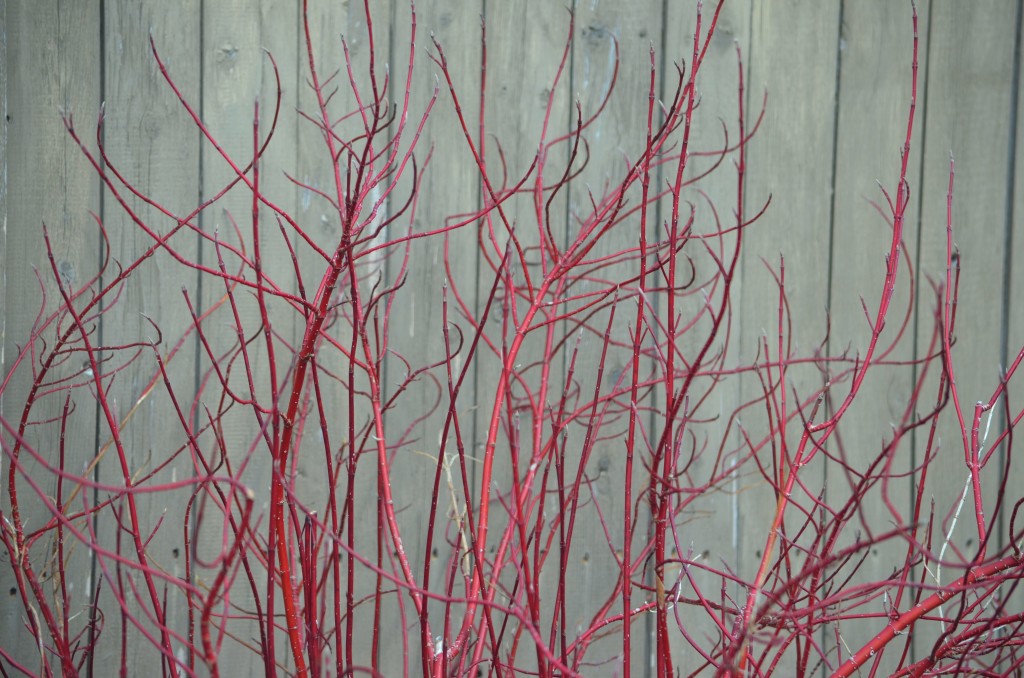
this year though, because we have had so little snow, I am also getting to revel in the glorious color of two ground covers . After a day of torrential rains , the ground is now bare, and boy are these two showing their worth!
the first is a pig squeak ( how adorable is that name?) otherwise known as bergenia ‘Bressingham Ruby’. Sporting polished green leaves in the summer that turn a lovely burnished red in autumn, this low growing perennial is a keeper. I starting adding more and more varieties of bergenia after realizing the rabbits were leaving it alone and i am sure glad I added this one! I saw a photo somewhere of’ Bressingham Ruby’ planted en masse at the base of red twig dogwood bushes . A phenomenal design idea, but here in winter when both plants are at their most colorful, the bergenia will usually be under snow . i figured at least in late winter and early spring before the dogwoods fully leaf out I would reap the color benefit of these two together, and started with just a half dozen plants to see how it went. Now I want 50. It looks great, is truly a no-fuss plant, and still remains un- grazed by our little furry friends. Pigsqueak is also dry shade tolerant so I plan to add more of this variety to the back woodland walk this year.
Bergenia ‘Bressingham Ruby’ is hardy to zone 4 , can tolerate full sun to almost full shade, and will bloom in the late spring ( which is just s bonus , it is the foliage color we are after here). The only place it will sulk is a wet or boggy soil.
With my apologies for the lack of a great photo, it is very windy here today and hard to keep the camera focused, but i wanted you to see how great it looks under the dogwood. The second photo is from Bluestone Perennials where you can purchase it online.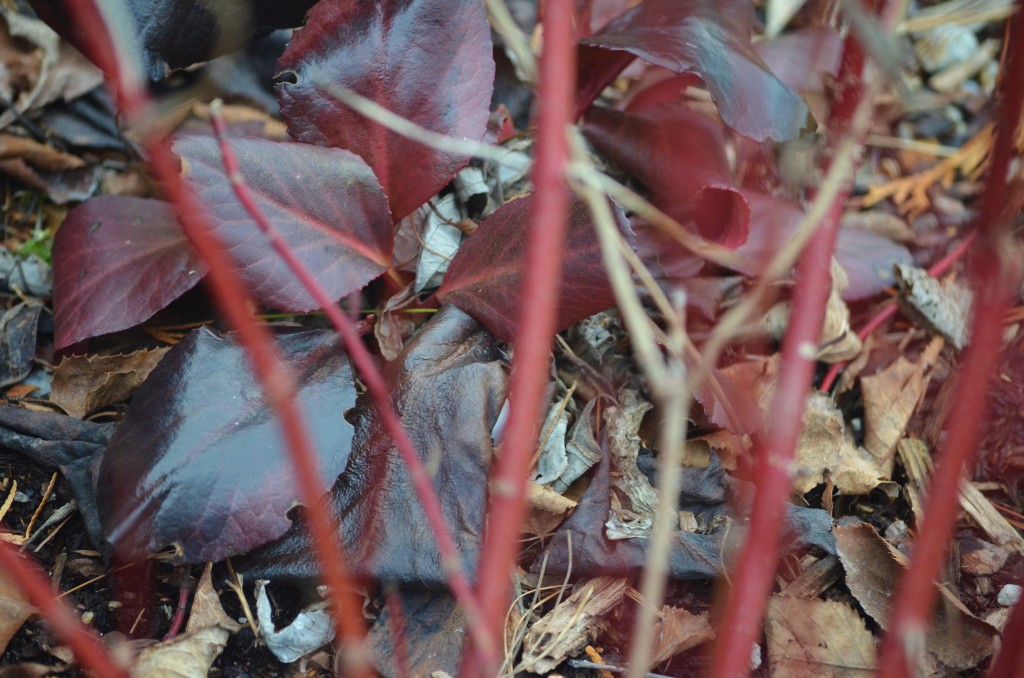
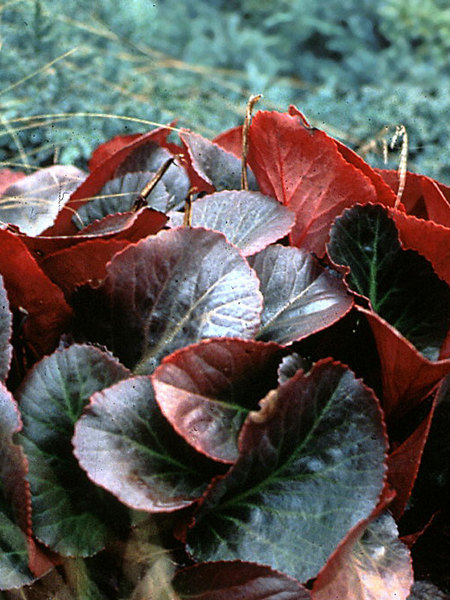
Out front I have a little raised bed that has become the bane of my gardening existence. The voles LOVE to set up house there are have proven a formidable foe. The small bed in front of the rocks I was hoping to fill with interesting low growers but have really struck out with many of my choices and have replanted there too many times to count. Last year I planted 5 little shrubs as yet another test , and I believe we have a winner!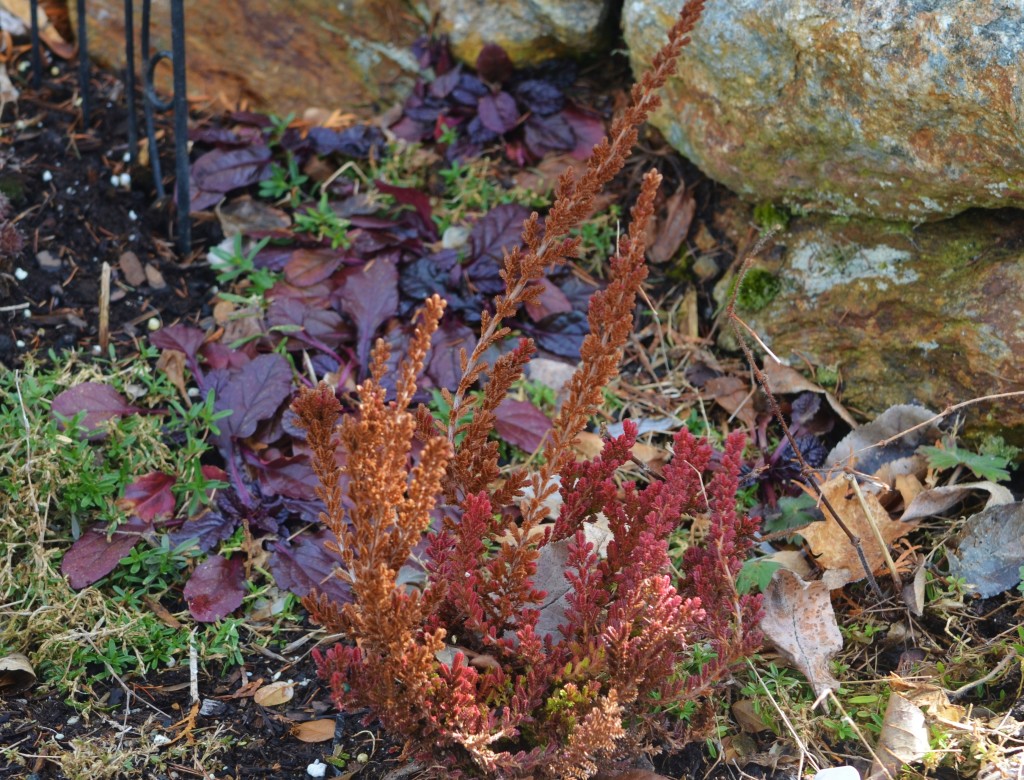
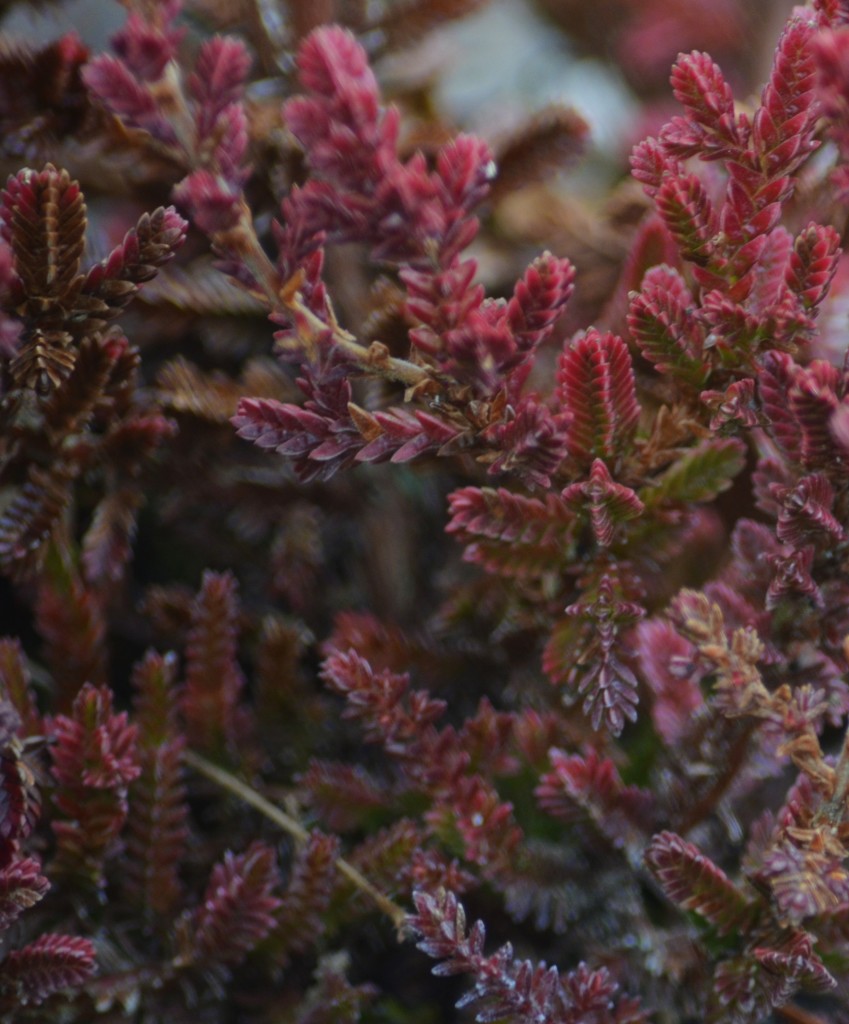
Calluna vulgaris “Firelfly’ is a heather with brilliant fall/winter color that looks spectacular right now. In the summer the foliage was a bright sort of lime green with a bit of yellow added in. As autumn settled in, Firefly started to change into terra cotta-y orange and seemed to just glow, and I was in love. Now exposed from it’s blanket of snow, it is pretty darn near brick red and has firmly secured it’s place in the front garden, Add in the fact that maintenance is just a quick shearing once a year to keep it neat and compact and that means all other plants currently living in that cursed bed will be jettisoned in the spring to make way for more of this lovely small shrub.
Calluna vulgaris ‘Firefly’ is hardy to zone 4 or 5 , will show it’s best color in full sun but will tolerate light shade, grows to less than 2 ftx 2 ft and sports lavender flowers in late summer ….but who cares about that?? …look at that foliage!!!! My plants came from Digging Dog Nursery mail order and they will be available this year from them as well .
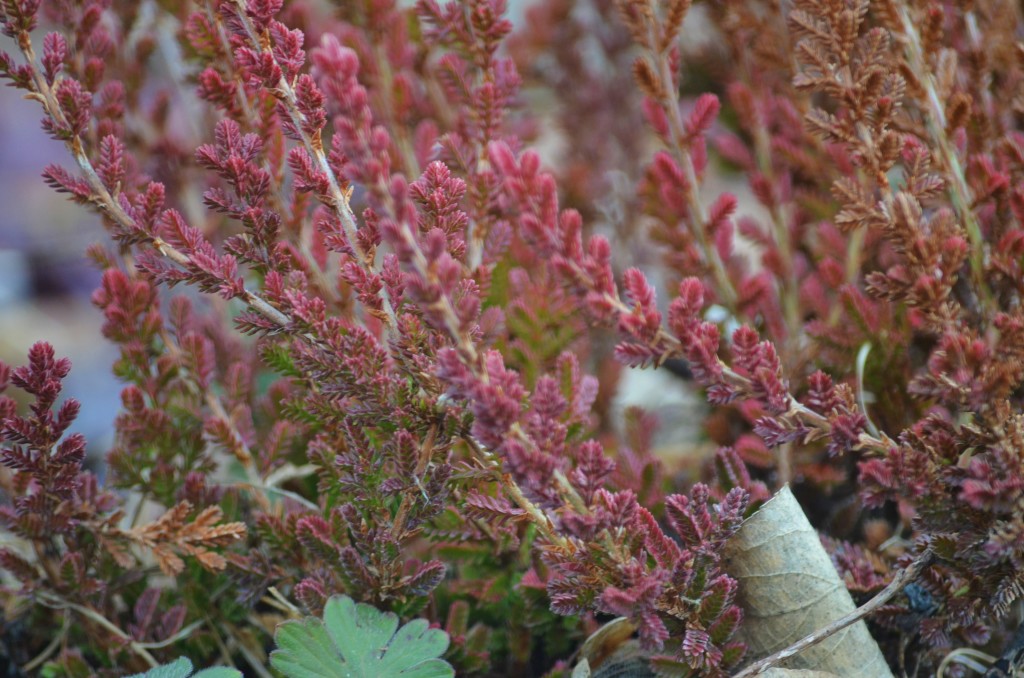
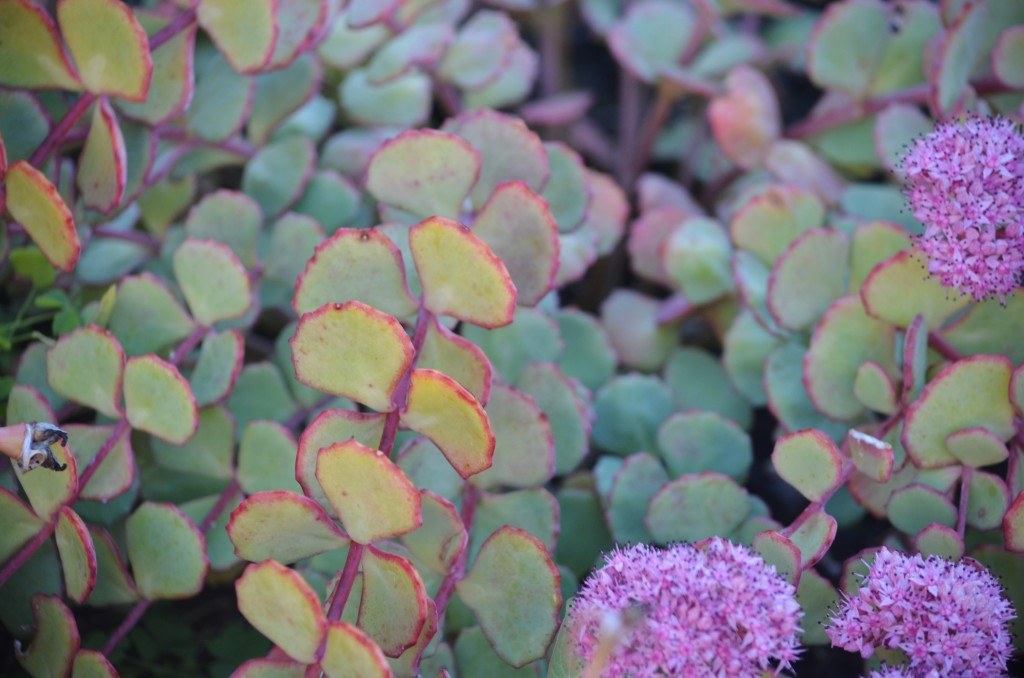
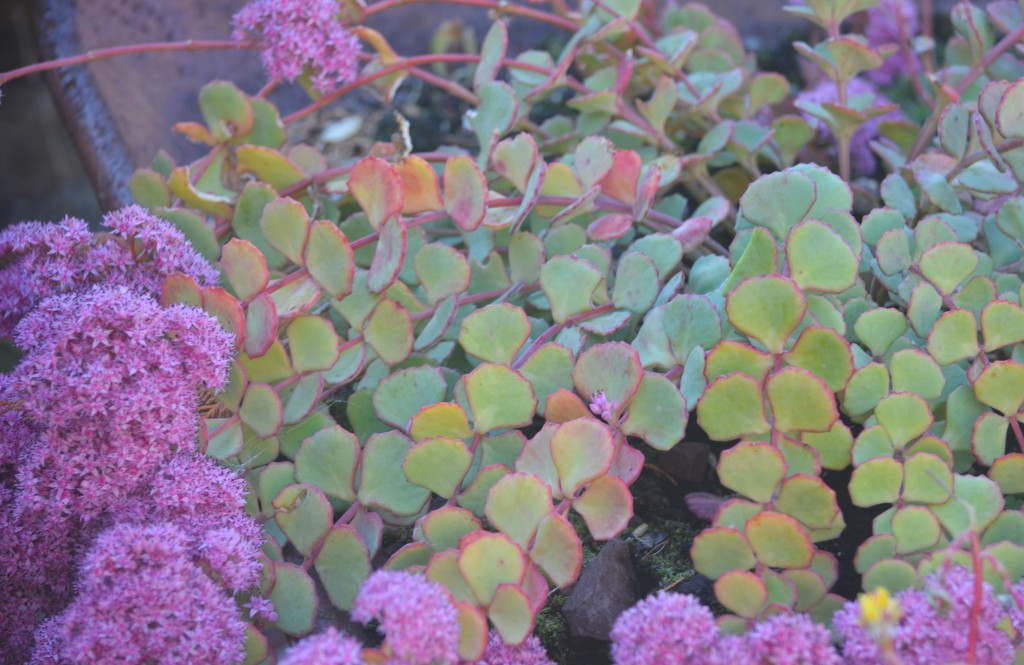
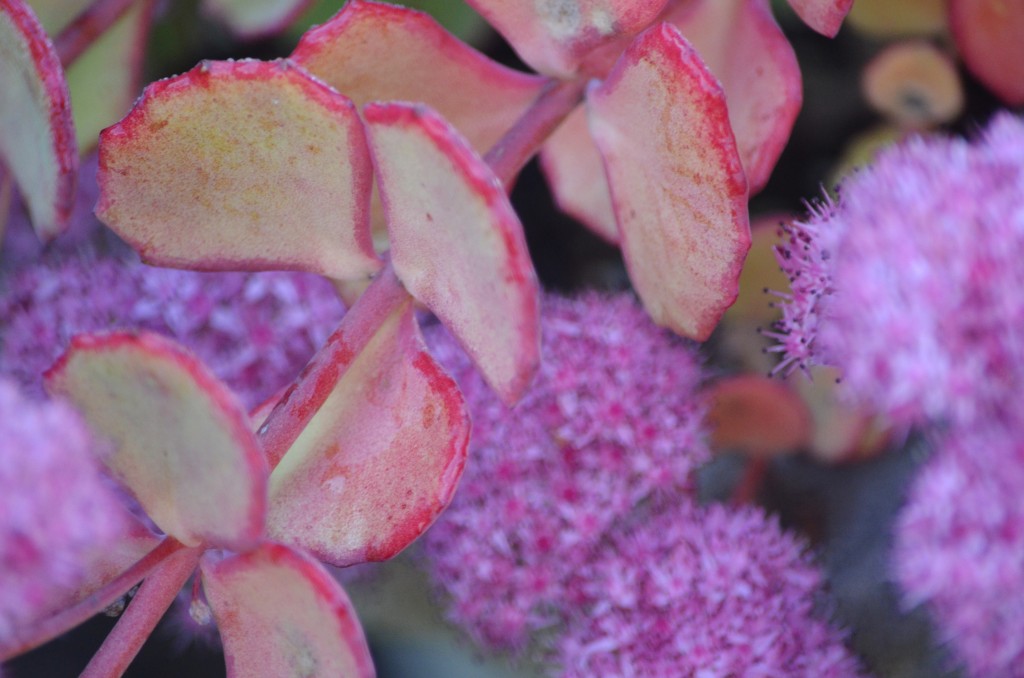
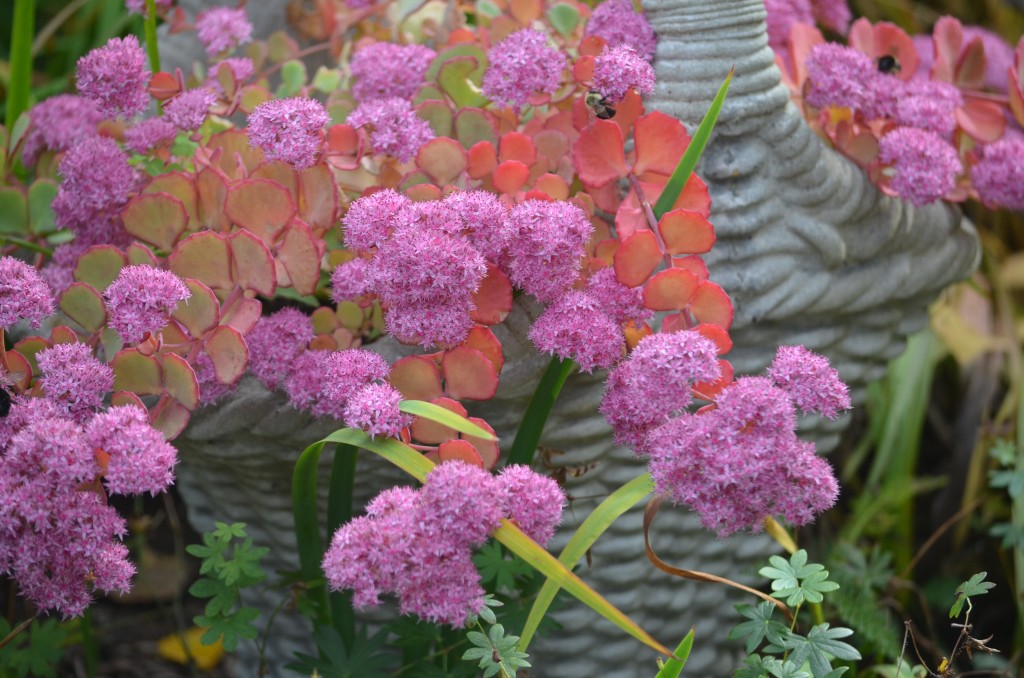
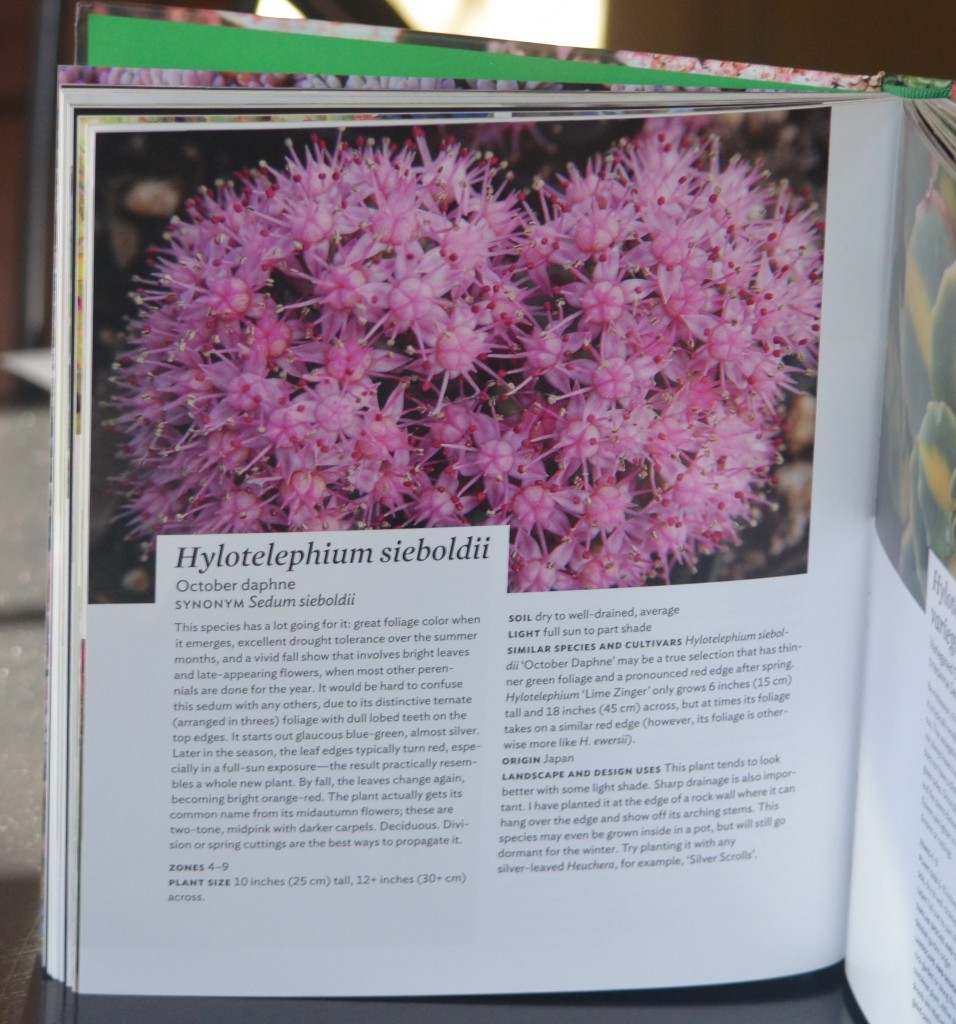
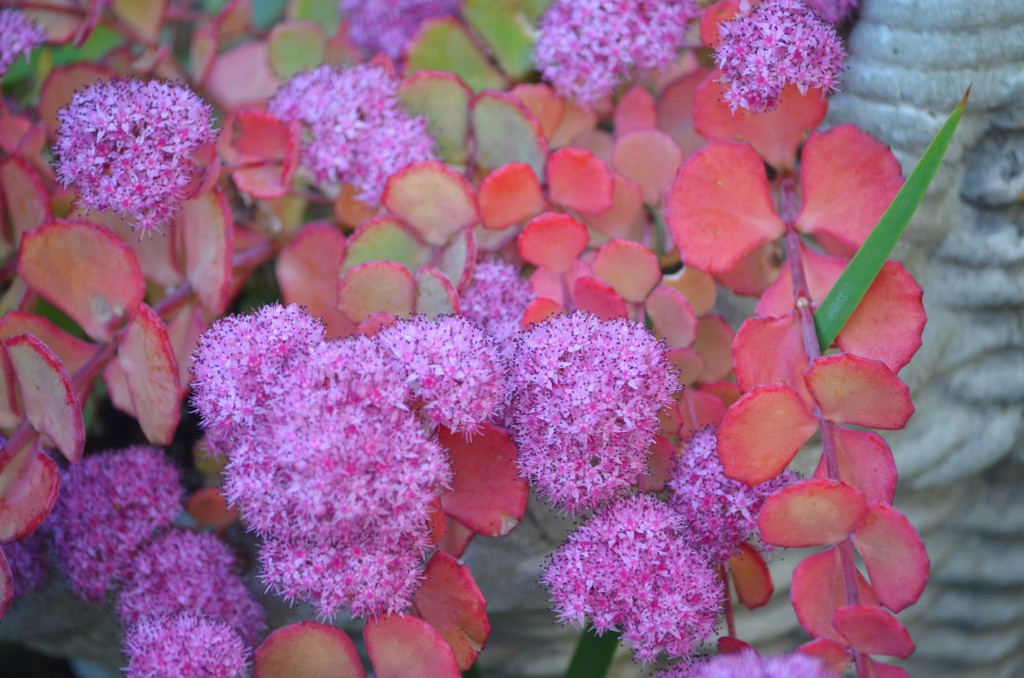

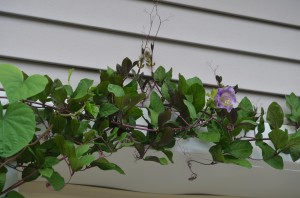
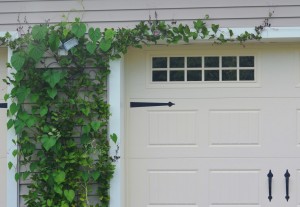
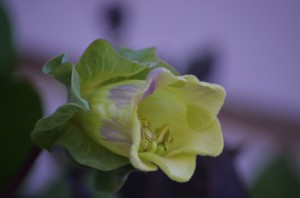
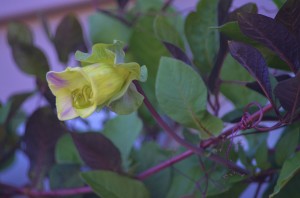
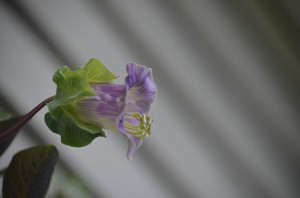
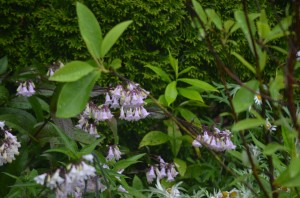
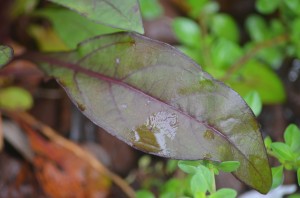

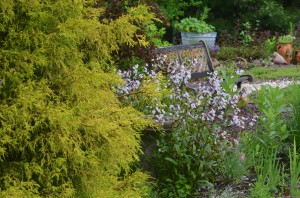
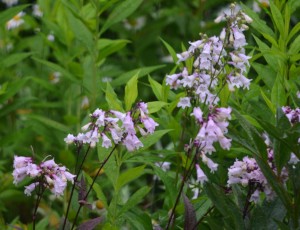

 and then waited. A few months later a copy of the answer given by one of the editors of the magazine identifying the rose in question as rosa rubrifolia . I then ordered from a catalog recommended by the same editor , again via mail, my very first mail-order plant ( if I only knew then where this would take me!).
and then waited. A few months later a copy of the answer given by one of the editors of the magazine identifying the rose in question as rosa rubrifolia . I then ordered from a catalog recommended by the same editor , again via mail, my very first mail-order plant ( if I only knew then where this would take me!).
